(ECNS) -- In 2024, China solidified its position as a global economic leader, achieving world-firsts in key areas such as merchandise trade, foreign exchange reserves, and manufacturing scale.
The country's economic output exceeded 130 trillion yuan ($17.87 trillion)for the first time, while grain production surpassed 700 million metric tons. These milestones, reached despite external pressures and domestic challenges, underscore the resilience, strength, and vitality of China's economy.
Overcoming challenges to meet key objectives
The national economy grew by 5 percent in 2024, meeting its primary goals for economic and social development.
Zhang Jianping, deputy director of the Academic Committee at the Chinese Academy of International Trade and Economic Cooperation, attributed this success to consistent efforts in navigating global and domestic challenges.
External obstacles included intensifying anti-globalization trends, rising trade protectionism, high global inflation, and geopolitical tensions. Domestically, weak consumer demand posed additional hurdles.
Through a strategic focus on high-quality development, China maintained economic stability and steady progress. Since September 2023, a series of targeted policies has bolstered social confidence and spurred economic recovery.
Robust growth in key indicators
China’s economic vitality is evident in its production data. In 2024, new energy vehicle production exceeded 13 million units, while annual smartphone production surpassed 1.6 billion units, reaffirming China’s position as the world’s largest manufacturing hub.
The added value of the secondary and tertiary industries reached 49.2 trillion yuan and 76.6 trillion yuan, respectively. Daily outputs included over 80,000 cars, 3.4 million smartphones, and the delivery of more than 470 million parcels.
China also ranked second globally in service trade and domestic consumer market performance, showcasing robust growth in these areas.
Developing new quality productive forces
In 2024, China accelerated the development of new quality productive forces and modernized traditional industries.
High-tech and equipment manufacturing contributed 16.3 percent and 34.6 percent of total industrial output, representing year-on-year increases of 0.6 and 1.0 percentage points, respectively.
Significant progress was made in fields such as integrated circuits, artificial intelligence, quantum communication, and aerospace.
Emerging industries like high-end equipment and AI saw substantial growth, while the digital economy played a key role in enhancing various sectors.
Zhang highlighted the rapid development of emerging sectors such as the "low-altitude economy" (focused on industries like unmanned aerial vehicles and airspace management) and "first-launch economy" (driving innovation and early-market adoption).
These sectors are expected to nurture new enterprises and unlock further growth opportunities.
The outlook for 2025
Despite anticipated external uncertainties, China’s economic fundamentals remain strong, supported by stability, resilience, and significant potential. The conditions driving long-term growth are unchanged.
With consistent strategies and a commitment to high-quality development, China’s economy is well-positioned for stable and positive growth in 2025.











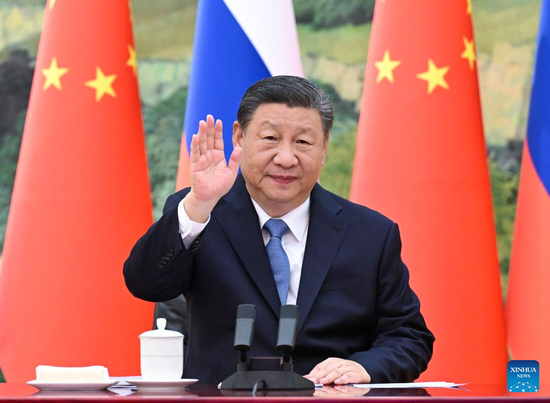
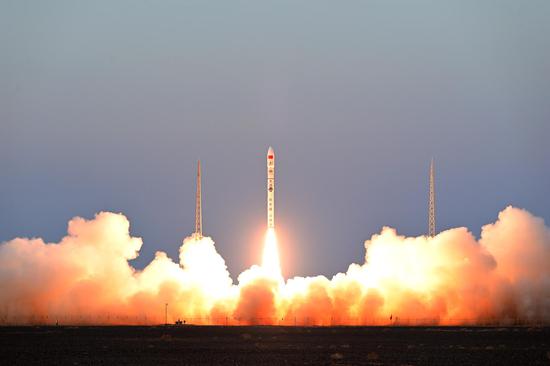











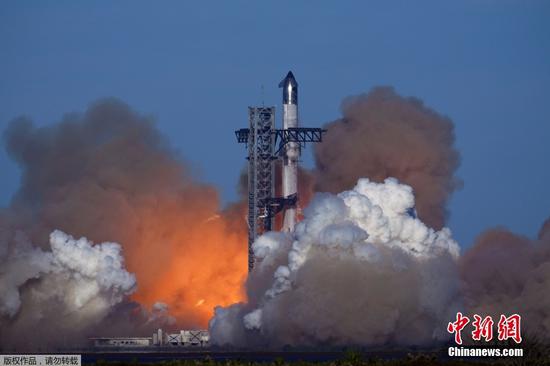
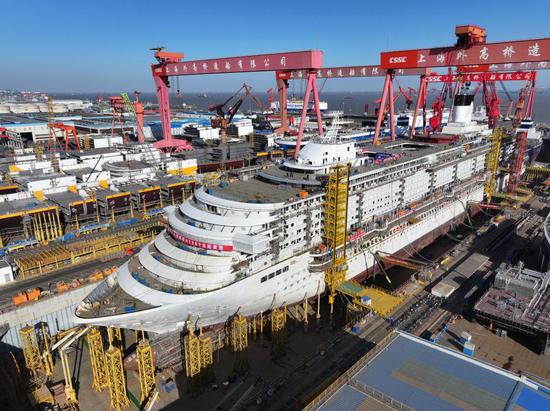
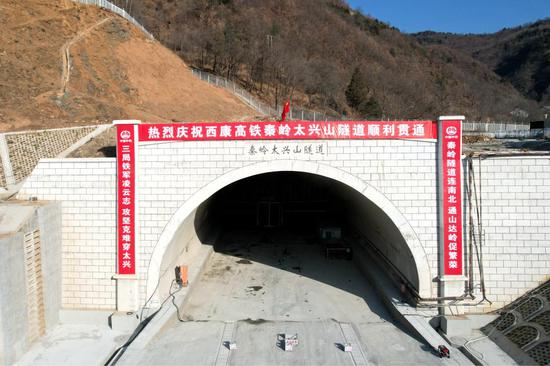


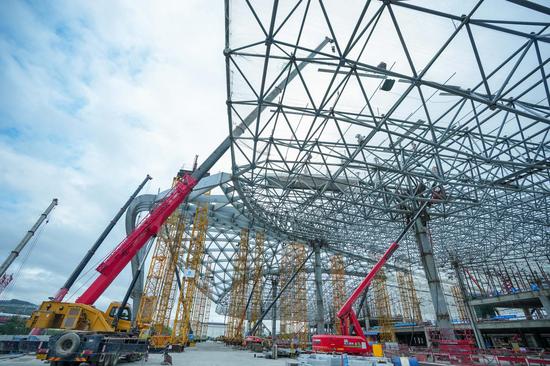














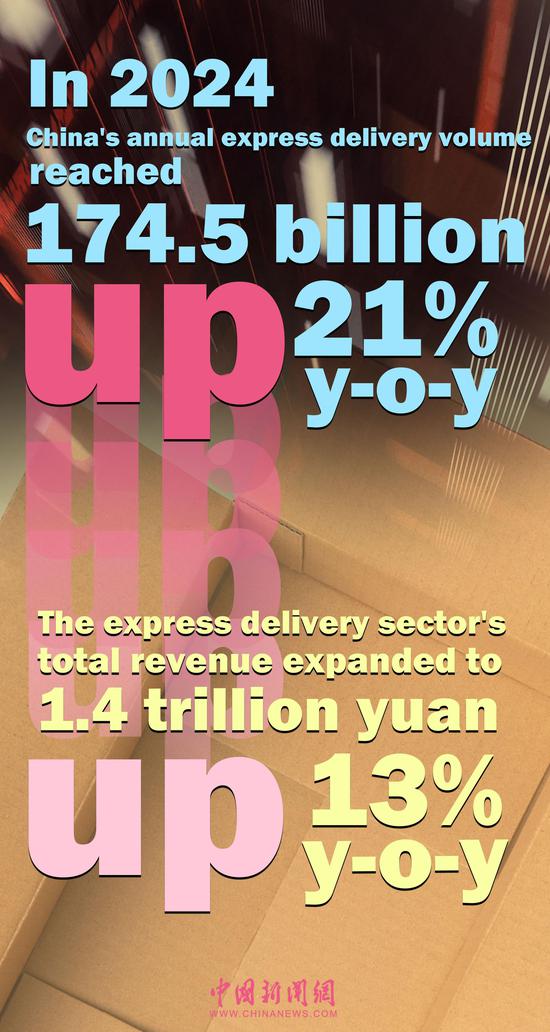





 京公网安备 11010202009201号
京公网安备 11010202009201号